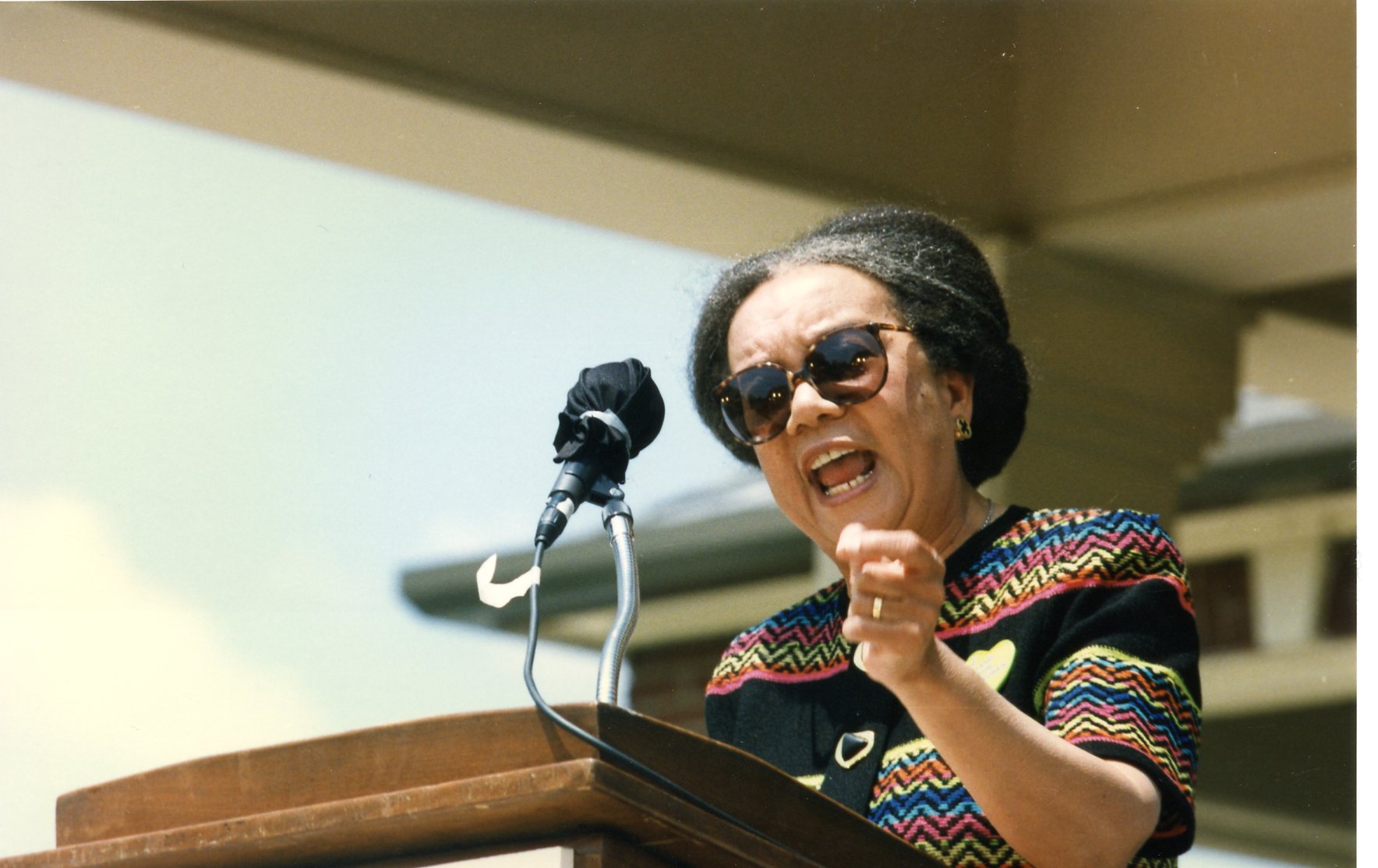SHARE YOUR STORY!
Oftentimes, students only learn about Black history in February. For the rest of the year, Black people are missing in textbooks and lesson plans. With ongoing attacks against African American studies in schools, this campaign aims to show why teaching Black history to students is vital to their understanding of the world.
Help us by sharing your experience learning about Black history in school. You can share your story by using our written story collection tool or record a quick video about your experiences using our video collection tool!
We encourage you all to utilize your networks and post your stories on social media, tagging us (@Stand4Children on Twitter) and using the hashtag #BlackHistoryYearRound. Share your story to help us amplify the importance of #BlackHistoryYearRound!






